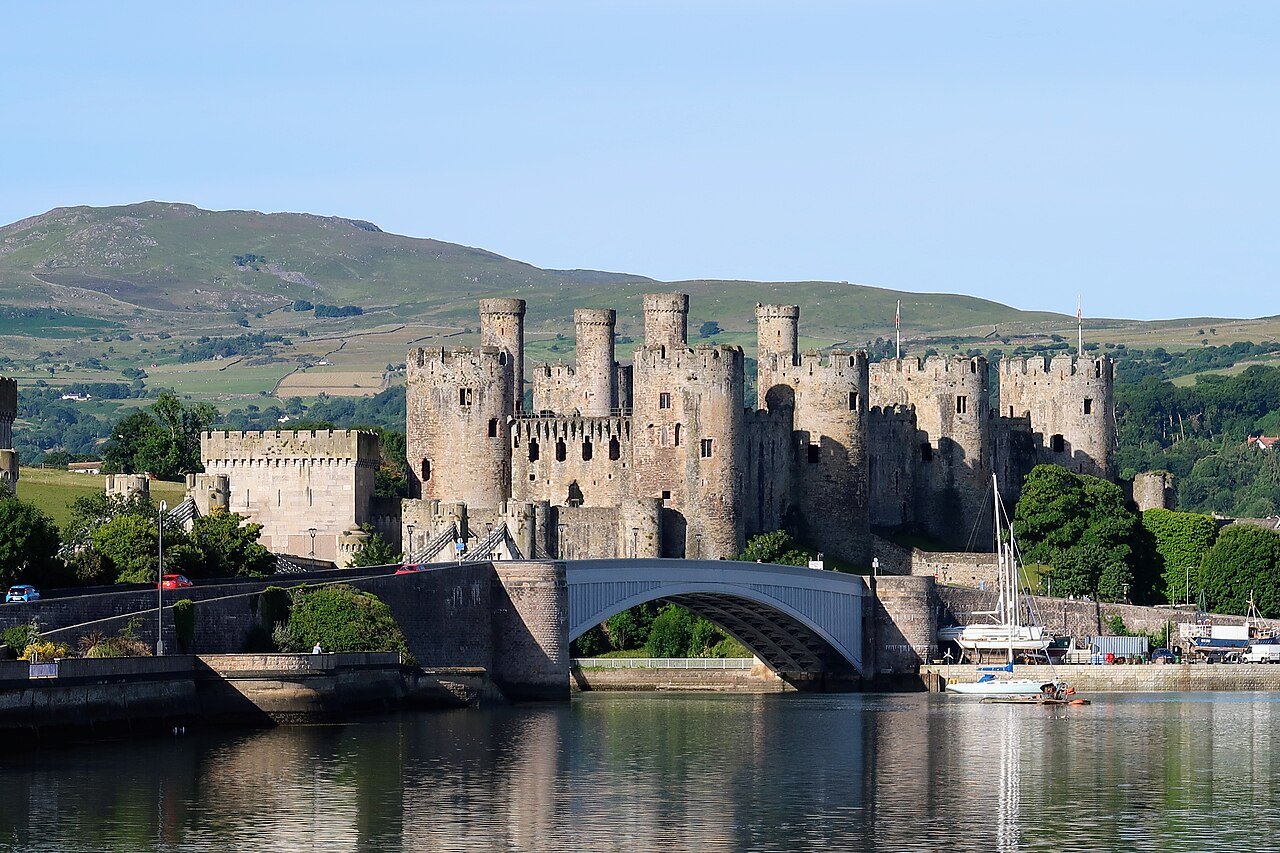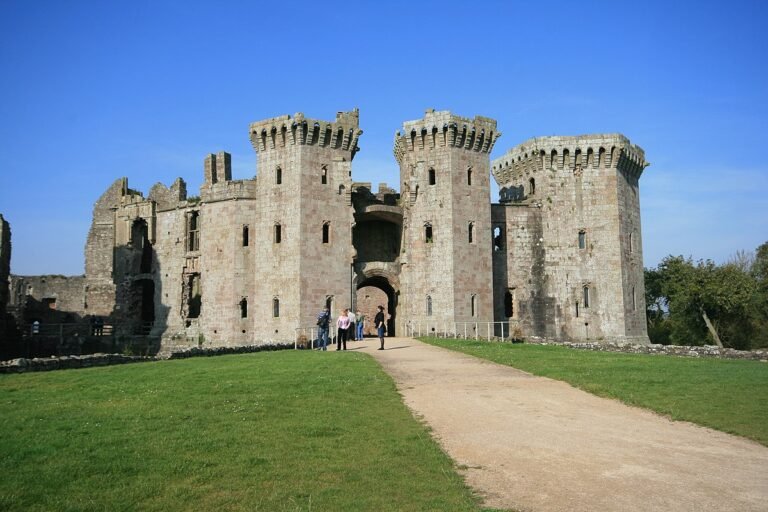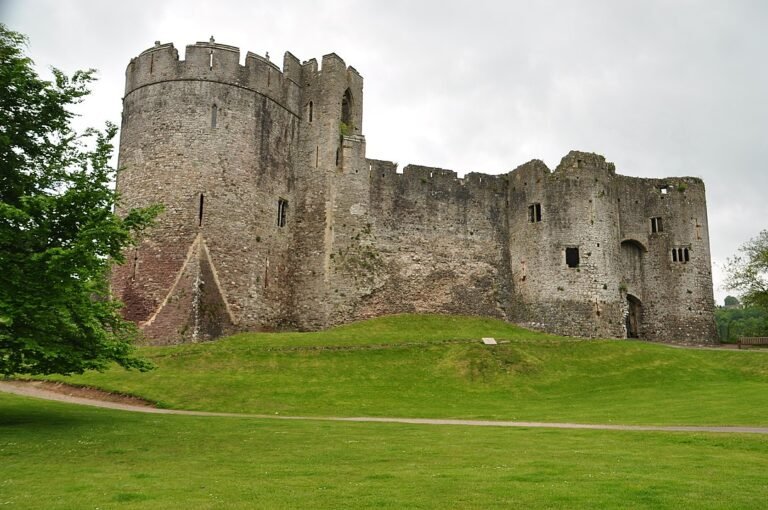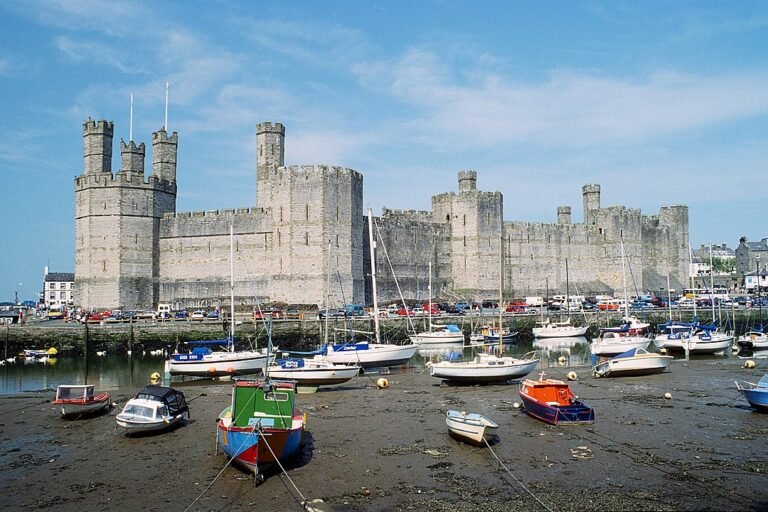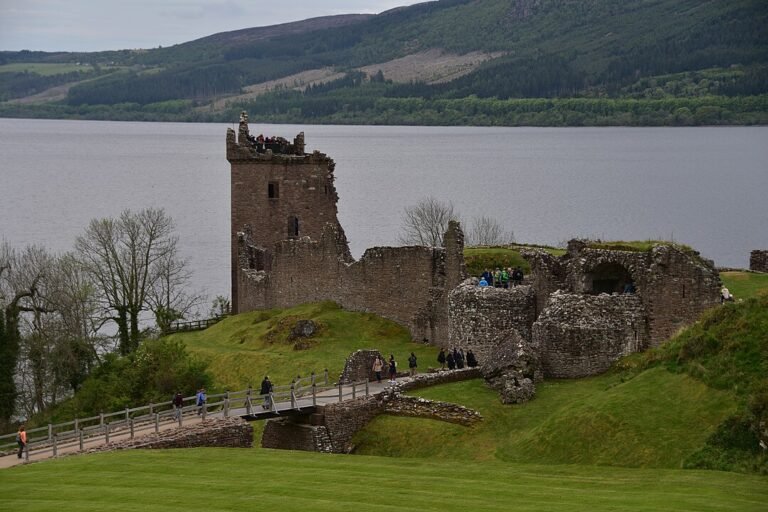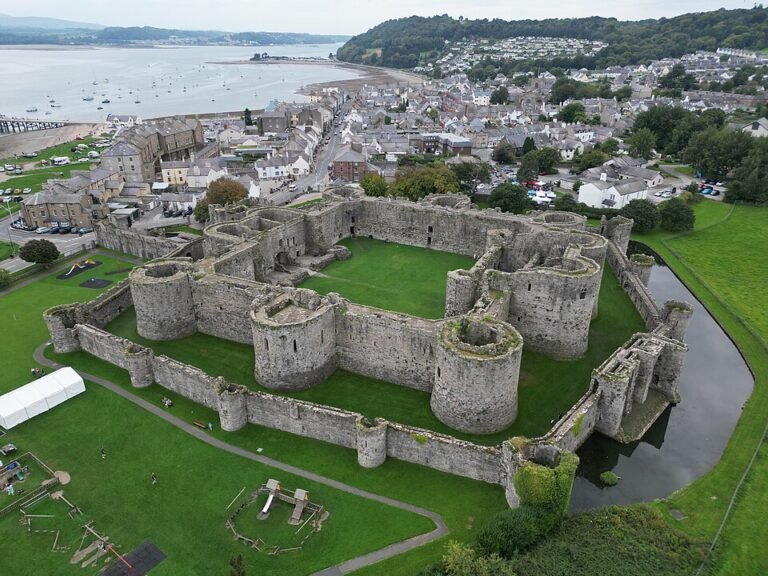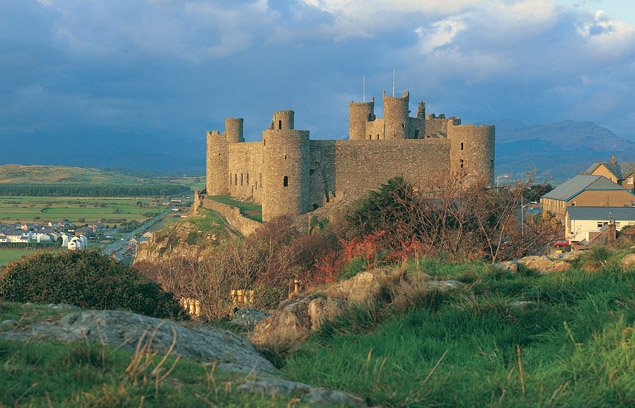Conwy Castle: A Complete Visitor’s Guide to Wales’ Medieval Masterpiece
Introduction to Conwy Castle
Set against the dramatic backdrop of North Wales’ rugged coastline and the Snowdonia mountains, Conwy Castle stands as a striking example of medieval military architecture. Built by Edward I during his conquest of Wales in the 13th century, this UNESCO World Heritage Site continues to attract history lovers, families, and solo adventurers alike. Its impressive curtain walls, towers, and views of the Conwy Estuary make it one of the most iconic castles in the UK.
Historical Background
Conwy Castle was constructed between 1283 and 1287 as part of Edward I’s “iron ring” of fortresses intended to subjugate the Welsh population. Designed by Master James of St. George, the castle was a feat of engineering, incorporating eight massive towers and a fortified town wall enclosing Conwy itself. It withstood several sieges and saw action during the Welsh uprising of 1294 and the English Civil War. Although it fell into ruin in later centuries, significant preservation efforts in the 20th century stabilised the site for visitors.
Key Facts About Conwy Castle
- Location: Conwy, North Wales, LL32 8AY
- Built: 1283–1287 by Edward I
- Architect: James of St. George
- Status: UNESCO World Heritage Site
- Visitor Numbers: Over 200,000 annually
- Features: Eight towers, Great Hall, Chapel, and curtain walls
What to See and Do
Walking through Conwy Castle is like stepping back in time. The fortress includes:
- The King’s Tower: Offers panoramic views of the town and estuary.
- The Great Hall: Once used for banquets and royal events.
- Castle Walls: Over three-quarters of a mile long with 21 towers.
- Staircases and Battlements: Climb to various vantage points for dramatic views and photo opportunities.
Visitor Information
- Opening Hours (2025): Daily 10:00 AM – 5:00 PM
- Tickets: Adults £12, Children (5–17) £8.60, Under 5s free, Family tickets available
- Accessibility: Uneven surfaces and steep stairs limit access; virtual tours are available online
- Facilities: Toilets, small gift shop, limited refreshments nearby
Getting There
- By Car: Easily accessible via the A55; parking available in town
- By Train: Conwy station is a short walk from the castle
- By Bus: Local services connect to Llandudno and Bangor
Family, Couples, and Solo Travel Tips
- Families: Children love exploring the towers, bring snacks and water
- Couples: Visit near sunset for romantic views from the battlements
- Solo Travellers: Take your time with the audio guide and explore the town walls
Suggested Itineraries
One-Day Explorer
- Morning: Tour Conwy Castle
- Afternoon: Walk the town walls and visit Plas Mawr (Elizabethan townhouse)
- Evening: Dinner at a local pub with castle views
Weekend Getaway
- Day 1: Arrive in Conwy, visit the castle, stroll the harbour
- Day 2: Take a trip to Bodnant Garden or hike nearby Snowdonia trails
Where to Eat and Stay
Places to Eat
- The Erskine Arms: Pub classics in a cosy setting
- Lava Hot Stone Kitchen: Interactive dining with a view
- Watson’s Bistro: Locally sourced, fine dining
Accommodation Options
- Budget: YHA Conwy – family-friendly hostel with great views
- Mid-range: Castle Hotel – historic charm and modern comfort
- Luxury: Bodysgallen Hall & Spa – countryside retreat with fine dining
Events and Seasonal Highlights
- Spring: St David’s Day celebrations with medieval reenactments
- Summer: Outdoor theatre performances and craft markets
- Autumn: Harvest festivals and photography workshops
- Winter: Christmas markets and quiet, misty mornings at the castle
Castles Across the UK: Broader Travel Ideas
Conwy Castle is part of the wider network of Edwardian castles in Wales, including Caernarfon, Harlech, and Beaumaris. For a deeper dive into UK history, consider visiting:
- Warwick Castle (England): A family-friendly site with interactive exhibits
- Edinburgh Castle (Scotland): Dramatic setting and Royal Mile location
- Dunluce Castle (Northern Ireland): Coastal ruins with cinematic views
Castles offer a tangible connection to the UK’s layered past, perfect for multi-stop heritage-themed road trips across the UK.
FAQs about Conwy Castle
When was Conwy Castle built and who built it?
Conwy Castle was constructed between 1283 and 1287 by King Edward I and overseen by his master architect, James of St George, during Wales’s conquest. It was part of a fortified project that included the surrounding town walls, all for the sizeable cost of around £15,000 – a hefty sum in its day.
Is Conwy Castle still intact and well preserved?
Absolutely – it’s one of the best-preserved medieval castles in Europe. You can walk a complete circuit of the battlements, climb restored spiral towers, and explore the impressive curtain walls and royal apartments.
How long should I allow for a visit?
Most visitors spend about 1.5 to 2 hours exploring the castle. If you add a walk along the town walls, plan for closer to 2–2.5 hours.
Are prams or wheelchairs usable at Conwy Castle?
The site isn’t very accessible for prams or wheelchairs. Many of the most interesting parts, like towers and battlements, are reached via narrow, uneven staircases and passageways.
Are dogs allowed?
Only assistance dogs are permitted inside the castle. Pets (including family dogs) aren’t allowed.
Is there a cafe or refreshments on the premises?
There’s no cafe inside the castle, but you’ll find a few great nearby options. The Jesters Tower cafe (just across the road) has lovely views over the estuary, and there are tearooms by Vicarage Gardens, namely, the Castle Cafe and Castle Gallery.
Why was Conwy Castle built, and what makes it famous?
Conwy Castle was built to cement Edward I’s control over North Wales and served as a strategic defensive fortress. Today, it’s famous for its superb state of preservation, historic royal apartments, and role as a UNESCO World Heritage Site.
What else is there to explore nearby?
Right next door is the historic Conwy Suspension Bridge, designed by Thomas Telford and built in the early 1820s. It’s now a pedestrian footbridge and a striking sight beside the castle.
